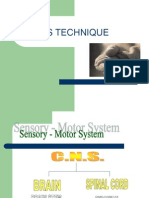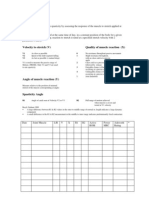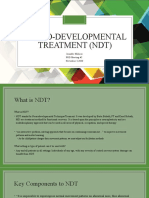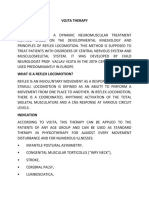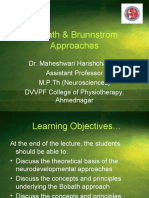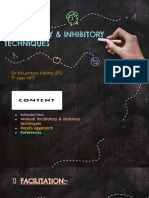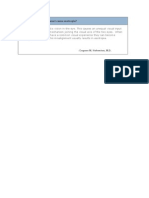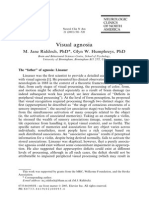100% found this document useful (1 vote)
915 views50 pagesNew Roods Approch
Rood's theory focuses on normalizing muscle tone through repetitive movements directed at functional goals. Treatment begins at the developmental level and heavy muscles are integrated before light muscles. The techniques include cutaneous facilitation using light touch, brushing and icing. Proprioceptive facilitation uses joint compression, resistance and stretch. Inhibitory techniques incorporate warmth, joint approximation and gentle shaking to reduce muscle tone. The overall approach uses developmental movement patterns to re-educate muscular responses.
Uploaded by
Monicca GVCopyright
© © All Rights Reserved
We take content rights seriously. If you suspect this is your content, claim it here.
Available Formats
Download as PPT, PDF, TXT or read online on Scribd
100% found this document useful (1 vote)
915 views50 pagesNew Roods Approch
Rood's theory focuses on normalizing muscle tone through repetitive movements directed at functional goals. Treatment begins at the developmental level and heavy muscles are integrated before light muscles. The techniques include cutaneous facilitation using light touch, brushing and icing. Proprioceptive facilitation uses joint compression, resistance and stretch. Inhibitory techniques incorporate warmth, joint approximation and gentle shaking to reduce muscle tone. The overall approach uses developmental movement patterns to re-educate muscular responses.
Uploaded by
Monicca GVCopyright
© © All Rights Reserved
We take content rights seriously. If you suspect this is your content, claim it here.
Available Formats
Download as PPT, PDF, TXT or read online on Scribd
/ 50


